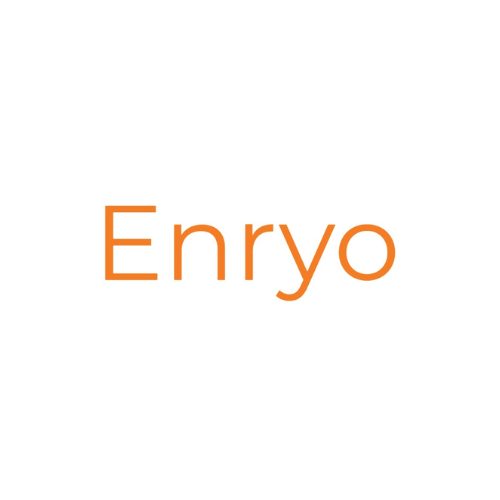Source: Quant
Quant Founder and CEO, Gilbert Verdian, recently had an in-depth conversation with Dominic Hobson, the co-founder of Future of Finance. They delved into the opportunities, challenges, and threats related to accelerating institutional adoption of digital assets.
There are many factors encouraging, shaping and, in some cases, preventing the emergence of large-scale, global digital asset markets. They include regulation, instant settlement requiring both sides of a trade to be truly digital, interoperability – both technical and standards-based – and, perhaps most importantly, commercial drivers that will motivate the industry to innovate faster.
What can governments do to encourage the growth of digital asset markets?
Regulators are now actively collaborating with the private sector to establish effective regulations for digital asset markets, but progress could be faster with a single regulator overseeing digital finance. Traditional national regulations struggle to keep up with the global and mobile nature of digital assets, necessitating a universal baseline standard. Regulatory sandboxes mainly prove the adequacy of existing regulations for managing digital assets, benefiting regulated institutions.
Although existing legal frameworks adapt to innovations like digital assets, clarity is key at this nascent stage. Governments can directly influence digital asset market growth by incentivising equity investment in smaller companies and issuing tokenised government bonds to facilitate smoother transactions.
What can be done now to overcome the absence of digital money on blockchain networks?
The absence of digital money on blockchain networks presents challenges for settling digital assets without fiat currency. While central bank digital currencies remain distant, commercial banks are increasingly drawn to the efficiency and service enhancements offered by programmable digital money, including tokenised deposits.
Claims that money is already digital overlook the necessity of push-and-pull data exchanges for payment completion. Truly digital money allows for programmed sequences of actions within transactions, such as financial crime checks and fund availability.
Cryptocurrency will persist as a speculative investment, yet institutional investors will gravitate towards regulated cryptocurrencies and investment vehicles, like spot Bitcoin Exchange Traded Funds recently approved in the United States. Regulated cryptocurrencies are poised to supplant unregulated counterparts.
How can blockchain-based token networks achieve full interoperability?
Enabling interoperability between blockchain networks and traditional financial markets is crucial to bridging the gap between digital and traditional asset markets, which in turn helps with their liquidity and expansion. Because of this, the digital finance system must be built with interoperability as a fundamental principle.
Proprietary solutions cannot inherently embed interoperability into the new digital finance system. This means that collaboration between public and private sectors is imperative to co-design and co-build standardised infrastructures that can facilitate seamless token portability across global networks.
While existing financial market infrastructures cannot be instantly replaced, they must integrate into the evolving digital financial market infrastructures. They will exist until the maintenance costs outweigh the benefits, prompting investment in more efficient digital alternatives.
A unified ledger or programmable platform, as proposed by institutions like the Bank for International Settlements, the International Monetary Fund, and the Regulated Liability Network, will evolve in layers. Standardised national and regional platforms developed through public-private partnerships will gradually interoperate globally.
Are the commercial opportunities in digital assets compelling enough to overcome the fear of disruption?
Initially, established financial institutions slowed progress towards robust digital asset markets by prioritising discovery over commercial opportunities. However, widespread recognition now exists for the cost savings and revenue gains achievable through investment and trading in digital assets, as demonstrated by the enthusiasm for spot Bitcoin ETFs.
Criticism that current tokenisation efforts lack significant benefits due to asset-backed rather than digitally native tokens, overlooks the potential for creating new instruments through bundling and unbundling tokenised assets. Tokenisation has also yet to make a significant impact on global bond and equity markets.
Asset managers hold considerable influence in advancing tokenisation, driven by the potential for reduced investment costs and enhanced diversification of returns. Pressured by declining ad valorem fees, they are incentivised to push investment banks for alternative solutions.
Policymakers and regulators play a pivotal role in promoting the adoption of tokenised assets. Collaboration with the private sector to develop legal and regulatory frameworks that facilitate digital asset issuance and attract institutional investors can help to create a virtuous cycle, spurring the widespread growth of digital assets.



































































